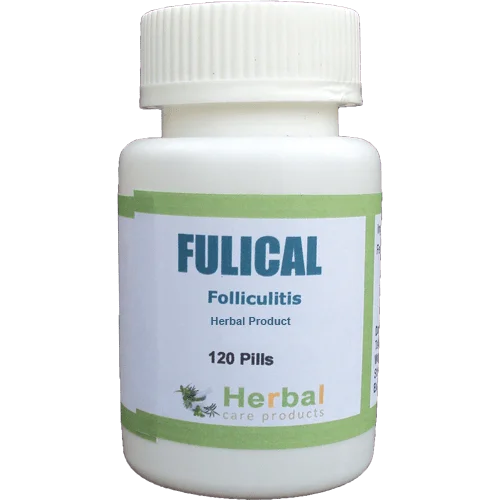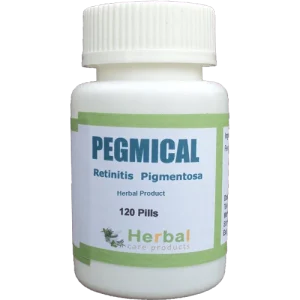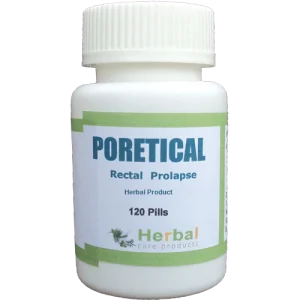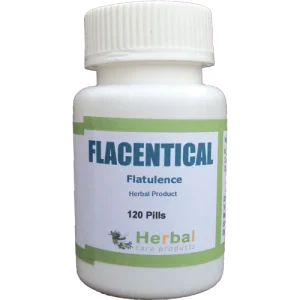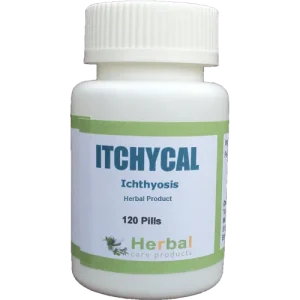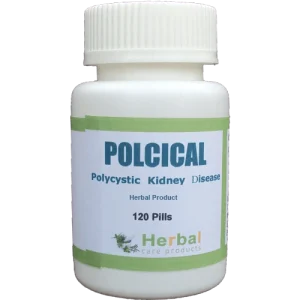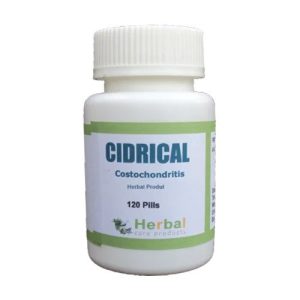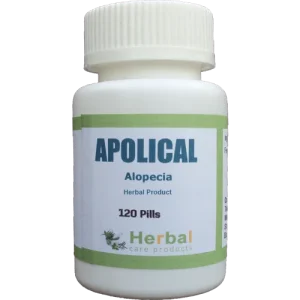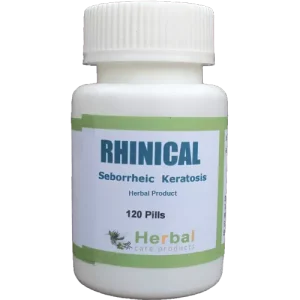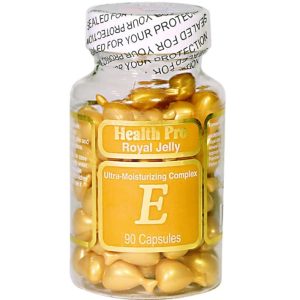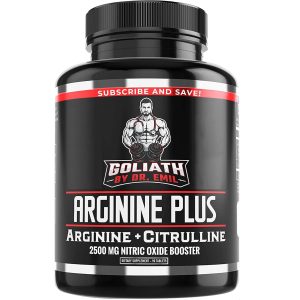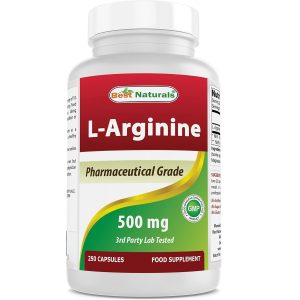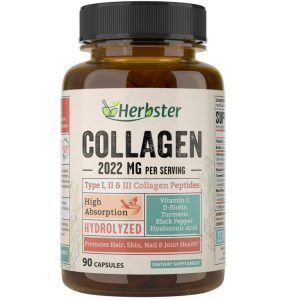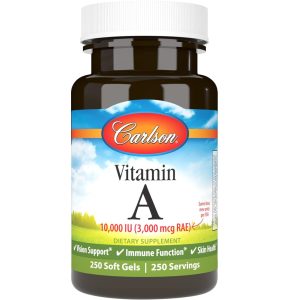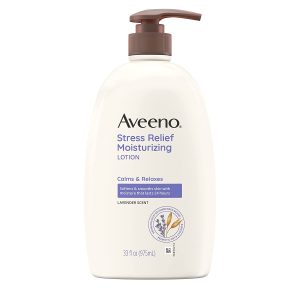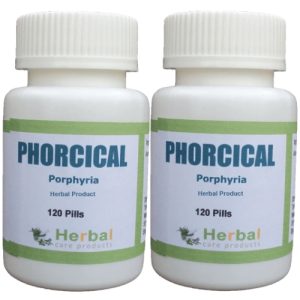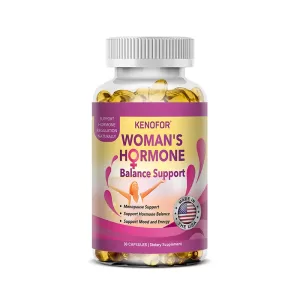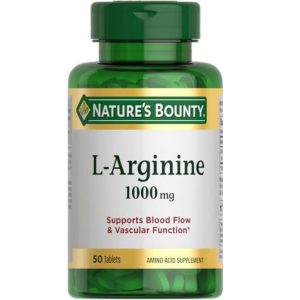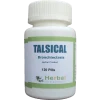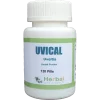Herbal Treatment For Folliculitis
At the same time, they aid to heal the outbreaks. Some treatments increase the self-healing mechanism of the body and fight the infection. They also manage hair loss. Natural Remedies for Folliculitis to help relieve itching or soreness from this condition. Herbal Treatment for Folliculitis is a very beneficial natural treatment for scalp folliculitis where the major complaint is eruptions on the scalp along with pain and sensitivity. The Best Home Remedy for Folliculitis include herbal supplement such as “FULICAL”, an herbal product healing the eruptions, clearing the discharge, and curing the connected Symptoms of Folliculitis, burning, and pain, severe acne lesions, small boils, Crusting of pimples, etc.
Natural Remedies for Folliculitis may reduce the levels of bacteria on the skin and decrease the risk of developing folliculitis. Herbal Treatment for Folliculitis appears to have natural herbal properties that might help keep the skin clear and kill the bacteria that cause folliculitis. The herbal product is a very effective herbal treatment for scalp folliculitis and where pimples appear on the body. In some cases, there is dryness, irritating and burning on the scalp. Symptoms get inferior in warm surroundings and on washing the scalp. Best Home Remedy for Folliculitis in very helpful for reducing the symptoms.
This herbal product gives great results in cases of folliculitis where pustules develop. It is a very good Herbal Treatment for Folliculitis conditions with suppuration. It aids in gripping pus and rapid healing. The outbreaks may be itchy, and the itch gets inferior during the day. Patients may also see an increase in sweating. This product is carefully made for those people who suffering from Folliculitis conditions.
Also read about: Solaray Food Carotene, Vitamin A
Ancestral Supplements Grass Fed Beef Tallow Capsules
Why Fulical For Folliculitis?
- Made of 100% natural herbs
- Comes with a money back guarantee
- Visibly reduces the appearance of pustules
- Reduces pus filled blisters
- Dries up the pus
- Reduces the appearance of pimples
- Improves the overall texture of skin
Benefits Of FULICAL For Folliculitis
Natural Remedies for Folliculitis is excellent way of treat this condition naturally. Benefits of FULICAL for Folliculitis consist of:
- It helps in non-irritating, soothing lotions to help relieve itchy skin
- It will help prevent irritation and inflammation
- It’s help keep the skin clear and kill the bacteria that Causes of Folliculitis
- It is a good natural healing product to help soothe irritated skin
- It’s reducing redness and inflammation and help to prevent scars
- It helps relieve the bacterial or fungal burden on your scalp
When Should You Take It?
You should start taking Fulical for Folliculitis as soon as you:
- witness the appearance of pustules
- You see pus filled blisters on your face, groin or genital area
- Feel pain in the affected area of skin
- Witness rapid growth of blisters
- You see pus filling in the pustules
- If symptoms last longer than 2 to 3 days
*If any of the above or all conditions along with the symptoms occur you should immediately start taking Fulical*
Usage Directions
- Take two Fulical tablets per day strictly after breakfast
- Have proper breakfast everyday
- Don’t sleep empty stomach
- Don’t deviate from the mentioned time
- Take strictly after the meal and don’t attempt without breakfast
- Take it with water at room temperature or slightly warm milk
- Avoid taking the product with cold drinks
Ingredients
Fevernut, Rhubarb, Indian Long Pepper, Calcium sulphate and Gulancha

